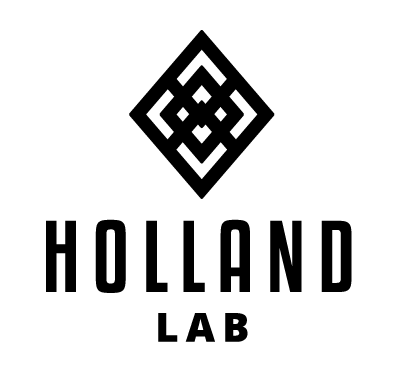Acta Biomaterialia Paper on Silk Microrheology
Excited to share our latest work with Prof. Rae M. Robertson-Anderson (USD) just accepted in Acta Biomaterialia:“Local viscoelasticity of denaturing spider silk dope is governed by dynamic hierarchical intermolecular interactions”Special shout-out to the lead experimentalists:Karthik Peddireddy (Rae’s postdoc), who spearheaded the optical tweezers microrheology,Hannah Johnson (my recently graduated PhD student), who carried out the spider dissection and dope prep experiments.Together, they uncovered:A universal relaxation timescale (~0.5 s) tied to transient crosslinking,The crucial role of hierarchical assemblies in tuning local viscoelasticity,How concentration and aging reshape mechanical responses through entanglement, crosslinking, and phase separation.These results provide fresh insight into how spiders store aggregation-prone disordered proteins in their glands without premature assembly — and highlight the power of microrheology to probe hierarchical protein assemblies.Huge thanks to my collaborators and mentees for their amazing contributions!Grateful for support from the Air Force Office of Scientific Research (AFOSR) that made this work possible. https://www.sciencedirect.com/science/article/pii/S1742706125006737 ...
Read More
